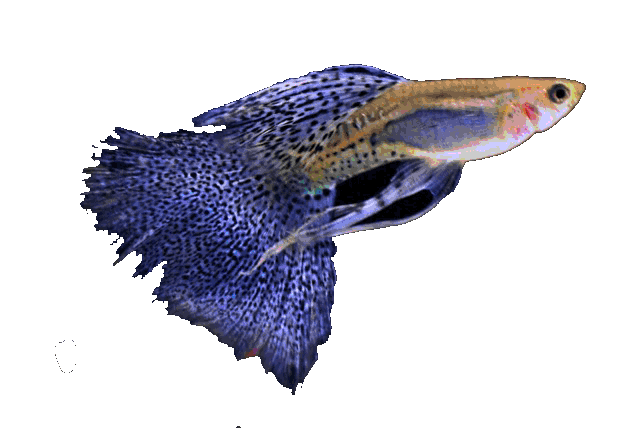
Basic data:
Scientific name: Poecilia velifera (Regan; 1914)
Explanation of words: (Poecilia = colorfulness, diversity), (velifera = to have a sail)
Slovenian name: Jadrni moli
Group: Livebirds
Source: Central America , Mexico - Yucatan
Size: Males: 10/15 cm, females: 15/20 cm, (aquarium / in nature)
Biotope / Habitat : Coastal areas in the Yucatan, Mexico
Social behavior: Peaceful, fish group, gender ratio 1: 1
Diet: Algae, worms, crustaceans, insects, insect larvae, plant substances
Cultivation: Medium difficult
Aquarium: Minimum 200 liters
Population: 6 fish per 200 liters of water
Decoration: Well planted with a large open space for swimming
Temperature: 22-29 ° C
pH: 7.0-8.8
Hardness: from 8 to 25 ° dKh
Lifespan: up to 5 years
Light: Strong
Synonymous


Kingdom: Animalia / animals
Trunk: Chordata / string players
Class: Actinopterygii / arthropods
Order: Cyprinodontiformes / Toothpicks
Family: Poeciliidae / live-bearing toothed carp
Genus: Poecilia
Species: Poecilia velifera (Regan; 1914)
Poecilia velifera Sailing prayers
-
Mollienesia velifera / Regan, 1914

Cultivation
Water quality is very important for growing moths.
They need basic and medium hard to hard water. In nature, they inhabit everything from freshwater lakes, river basins and their outflows into the Caribbean Sea and coastal areas of the sea. So - what kind of water we will have them in depends mainly on the breeder who raised them and / or the origin of the fish.
Suitable plants: Najas gaudelupensis, Echinodorus tenellus, Echinodorus quadricostatus, Cryptocoryne aponogetifolia, Cryptocoryne pontederiifolia, Cryptocoryne wendtii var. Wendtii, Limnophila aquatica, Bacopa caroliniana, ... all these plants require strong light and are good biological water filters.
The aquarium should have at least 200 liters, brightly lit (algae), a place for swimming and vegetation, the bottom sprinkled with carbonate sand, if desired, the addition of sea salt from 0.5-3g / l of water.
Mandatory large enough open space somewhere in the middle. Let's avoid overcrowding!
Moths are one of the more sensitive fish among live births and what soon becomes sick. This is due to environmental stress of various kinds, and fish "get sick" of "shimmies". This is not a disease but a condition of a fish that is in poor condition. Fish are affected and show this in behavioral changes (rocking in place, glued fins, difficulty breathing, vibration and twitching)
Because it is not a disease but a state of stress, there is only one cure. Determine the cause and eliminate it (poor water quality, wrong parameters, soft or acidic water, toxins, copper, ...). The fish will recover completely quickly after the bad condition is eliminated. Of all the live-bearers, moths are the most affected, as inexperienced aquarists do not understand what these fish need. Moths need hard, alkaline water with a pH above 7 and a temperature above 22 ° C, in addition to low nitrates and no ammonia and nitrites, they need large and not overcrowded aquariums with a slight directional flow.
Food
Moli is an omnivore by nature, he takes almost everything but he needs to be provided with a lot of plant food, algae, spinach, chard, carrot, salad, zucchini and the like, and various larvae. In nature, moths are almost exclusively a plant and algae eater.
Reproduction
Reproduction is characteristic of the genus Poecilia . However, it is much harder than other family members.
It is best to have a trio (one male to two females), due to the great liveliness of the males.
The female bears 4-8 weeks, the young are from 20-60, exceptionally in the case of capital fish up to 200.
The young are large and immediately eat nauplije artemije or microchromes. Parents basically don’t eat their offspring, but you never know.
So we prefer to move them to our aquarium where we take care of sunlight, algae and a varied diet.

Description
Moli is the largest member of the family, in the aquarium does not reach the size as in nature and is a third smaller. The sail moth has a related species called Poecilia latipinna (rainbow moth) , which is very popular among aquarists. Puppies of both species have almost the same appearance and can be distinguished only by the number of rays on the back. P.velifera it has 18-19 rays, and P.latipina only 14. Adult animals have more visible characteristics, one of the most important being the inappropriately larger size of the velifera.
Uncontrolled selective breeding has led to situations where it is impossible to identify the species of fish, so for the same reason it is not possible to accurately classify specific color changes.
The hybridization of P.velifera and P.latipinna began in nature, and breeders have created many variations with unusual shapes and colors.
The initial color of the fish was gray with a pattern of horizontal lines. Recently, however, a number of hybrid versions with different colors and shades have emerged. Thus, fully colored yellow, orange, black, white (albino) and differently colored versions of fish were created.
Links
An example of the habitat of a species


